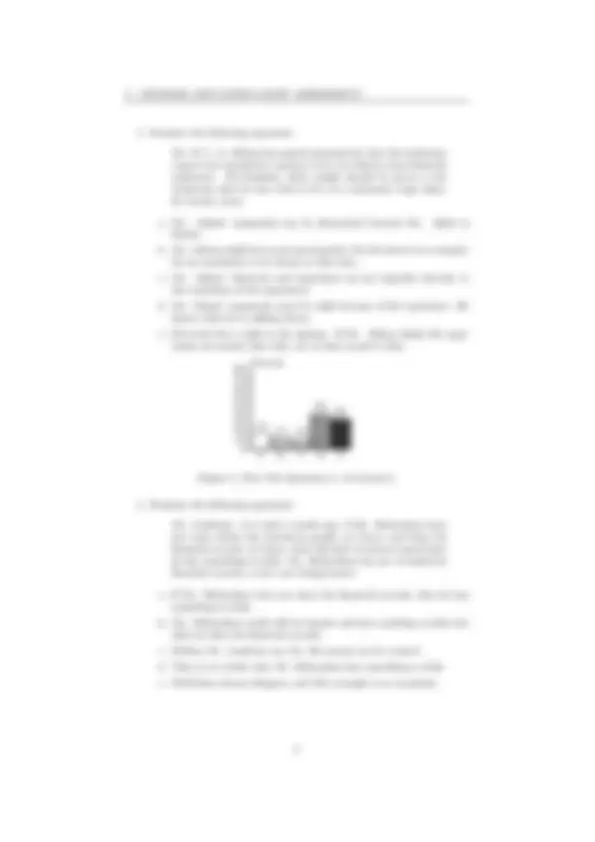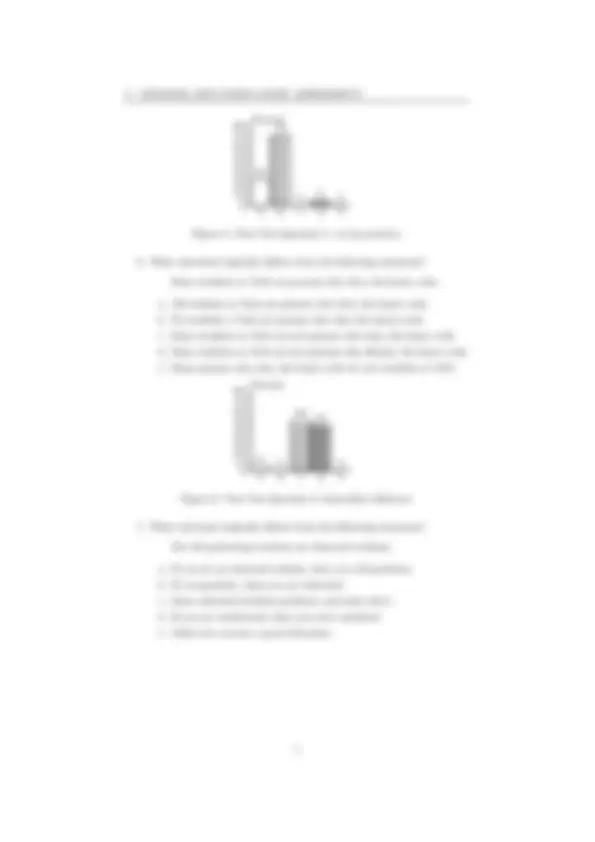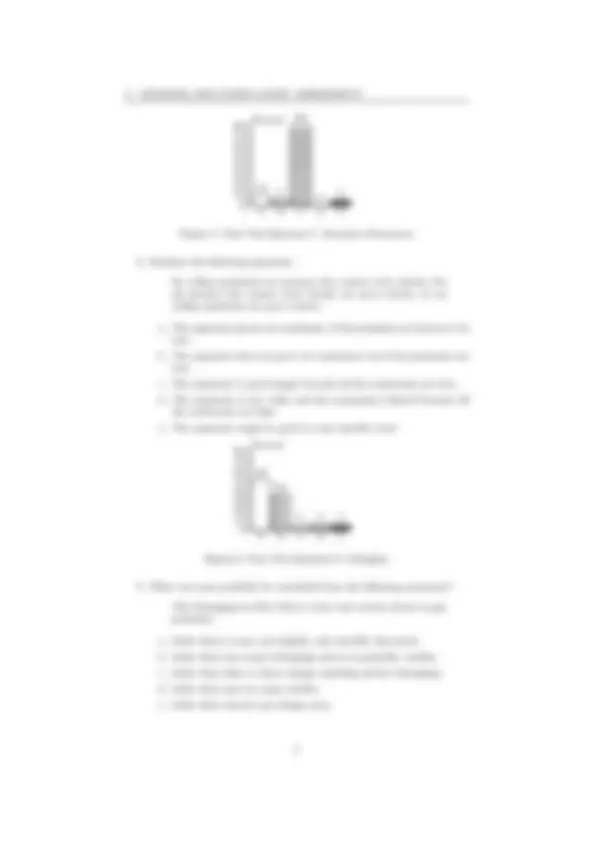





Study with the several resources on Docsity

Earn points by helping other students or get them with a premium plan


Prepare for your exams
Study with the several resources on Docsity

Earn points to download
Earn points by helping other students or get them with a premium plan
Community
Ask the community for help and clear up your study doubts
Discover the best universities in your country according to Docsity users
Free resources
Download our free guides on studying techniques, anxiety management strategies, and thesis advice from Docsity tutors
A logic assessment for a college course, 'phil. 103: introduction to logic'. The assessment consists of ten multiple-choice questions designed to evaluate students' understanding of logic concepts. The questions cover topics such as statements, conclusions, disagreements, arguments, and immediate inferences. Completing these questions can help students assess their mastery of the course material and identify areas for improvement.
Typology: Exams
1 / 6

This page cannot be seen from the preview
Don't miss anything!




The following questions reflect some of the aims of our Introduction to Logic Course. Choose the best response in each of the following questions, and circle the letter corresponding to the best answer.
a. Congratulations on your recent successes! b. Good evening. c. Please leave the door open after you leave. d. The planet Pluto is essentially an iceball.. e. How many minutes are in a year?
a
b
c
d
e
Percent
Figure 1: Post Test Question 1: Statement
∗These data are also on the Web at http://philosophy.lander.edu/logic/posttest- dprposttest-dpr.html and http://philosophy.lander.edu/logic/posttest-dpr.pdf
You probably have a low blood iron level because you have pale lips, your have white fingernails, and you don’t have much en- ergy.
a. You probably have a low blood iron level. b. You have pale lips. c. You have white fingernails. d. You don’t have much energy. e. No conclusion can reasonably be drawn.
a
b
c
d
e
Percent
Figure 2: Post Test Question 2: Conclusion
John: Susan is an incessant chatterbox. Mary: Not at all. Susan is refreshingly outspoken.
a. John and Mary agree on the facts and agree in their attitude toward the facts. b. John and Mary agree on the facts but disagree in their attitude to- ward the facts.. c. John and Mary disagree both on the facts and in their attitude toward the facts. d. John and Mary disagree on the facts but agree in their attitude to- ward the facts. e. Either John is right or Mary is right, but both persons can’t be right.
a
b
c
d
e
Percent
Figure 3: Post Test Question 3: Disagreements
a
b
c
d
e
Percent
Figure 5: Post Test Question 5: ad ignorantiam
Some students at Tech are persons who obey the honor code.
a. All students at Tech are persons who obey the honor code. b. No students a Tech are persons who obey the honor code. c. Some students at Tech are not persons who obey the honor code. d. Some students at Tech are not persons who disobey the honor code. e. Some persons who obey the honor code are not students at Tech.
a
b
c
d
e
Percent
Figure 6: Post Test Question 6: Immediate Inference
Not all graduating students are educated students.
a. If you are an educated student, then you will graduate. b. If you graduate, then you are educated. c. Some educated students graduate, and some don’t. d. If you are uneducated, then you won’t graduate. e. Make sure you get a good education.
a
b
c
d
e
Percent
Figure 7: Post Test Question 7: Exceptive Statement
No college graduates are persons who cannot write clearly, but all persons who cannot write clearly are poor writers, so no college graduates are poor writers.
a. The argument proves its conclusion, if the premisses are known to be true. b. The argument does not prove its conclusion even if the premisses are true. c. The argument is good simply because all the statements are true. d. The argument is not valid, and the reasoning is flawed because all the statements are false. e. The argument might be good in some specific cases.
a
b
c
d
e
Percent
Figure 8: Post Test Question 8: Syllogism
The belongings in little Mary’s room were strewn about in gay profusion.
a. Little Mary’s room was brightly and carefully decorated. b. Little Mary has many belongings and so is probably wealthy. c. Little Mary likes to throw things–including all her belongings. d. Little Mary has too many clothes. e. Little Mary doesn’t put things away.